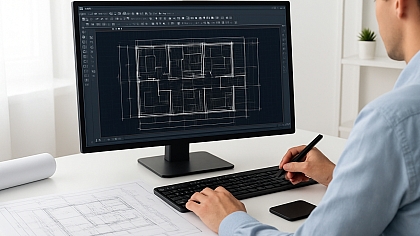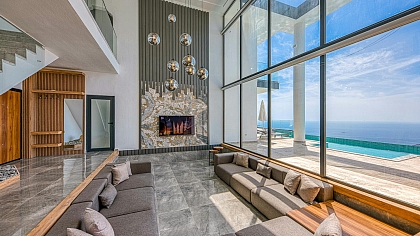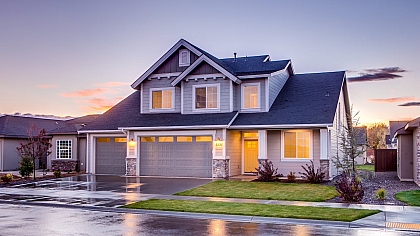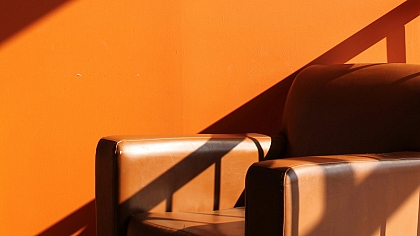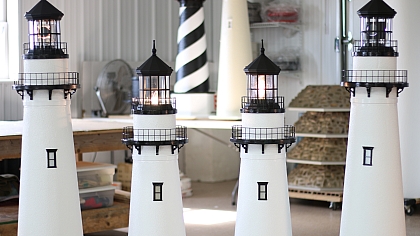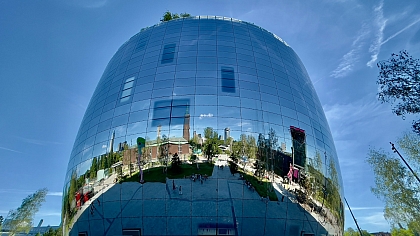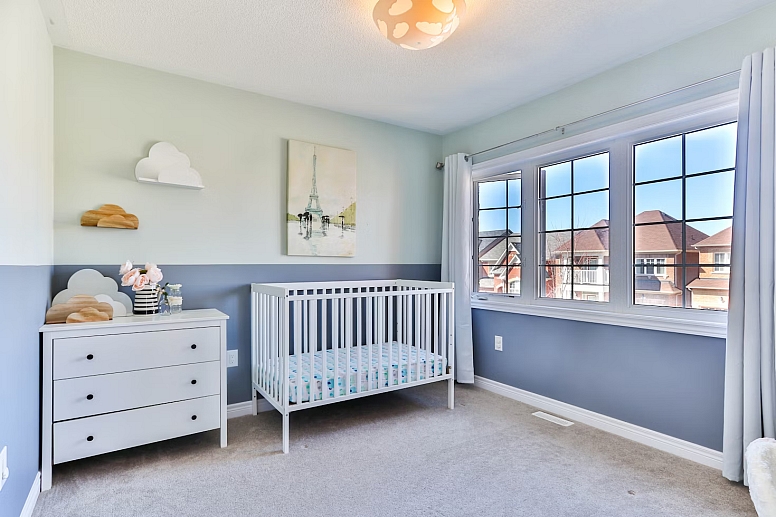
4 Ways to Design a Safe and Functional Nursery for Your Baby
If there is any room in the home that is automatically associated with serenity, it's the nursery. Babies are peace-loving beings (unless hungry or overwhelmed) and need a space that makes them feel safe, calm, and at rest.
Be it the bassinet, feeding area, or changing station, parents feverishly search for the safest and most functional options for their baby. Among a dizzying array of choices, which ones will make your child’s first living space stimulating and cozy without sacrificing the more practical aspects?
We will discuss four design tips with safety and functionality in mind. Keep reading to understand what it takes for peaceful newborn naps, relaxed feeding sessions, and better bonding moments.
Select a Calm and Soothing Color Palette
A newborn’s vision takes time to reach maturity. The Bump shares that newborns start processing colors only after three or four months.
Once they reach this period, the first few colors they are most likely to respond to are red, blue, green, or yellow. By six months, a baby can process the full spectrum of colors.
The choice of paint for your baby’s nursery should take this into account. For the first few months, they may be overstimulated by bright colors. This can make them restless, and they may cry frequently.
It's best to choose a calm and soothing color palette during the initial months. You don't need to go all neutral and beige like the ‘sad beige moms’ of TikTok. These women seriously risk stunting their babies’ cognitive development.
Until your child can process colors well, opt for calming pastel shades. You can try to keep the palette high-contrast with lots of white space here and there.
Moreover, the soft colors will not distract the baby during feeding sessions. Their soothing effect will be such that your child will feel more secure and comfortable.
Once they begin processing more colors, provide them with bright-colored toys or books. You can change the color palette once they’re old enough to identify the full spectrum of colors.
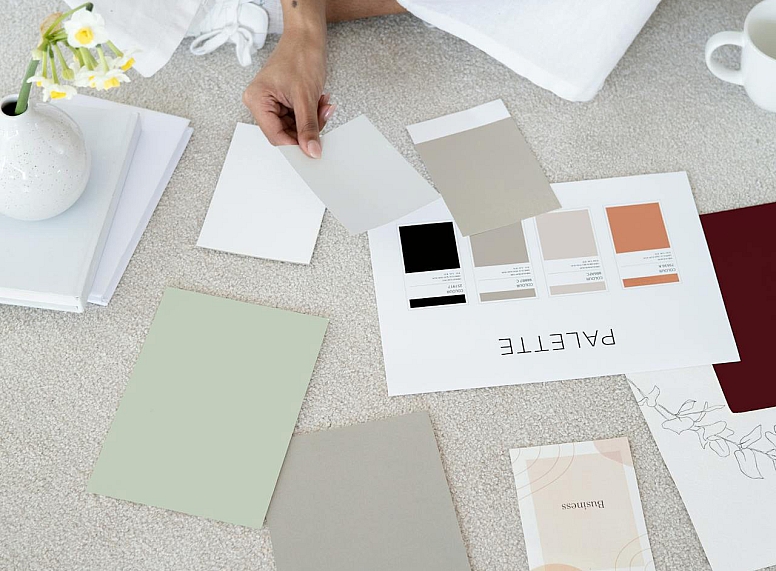
Prepare the Layout Carefully
Ideally, your baby’s nursery should be divided into dedicated sections for feeding, changing, and sleeping. This will make it easier for you to ensure your baby is happy and comfortable.
Talking of the layout, we would recommend having a spacious feeding area. You can invest in a rocking chair with good back support for extended feeding sessions. Make sure there is enough room to move around comfortably while holding your little one.
Now, there should be space nearby to keep all essentials handy, depending on whether you breastfeed or bottle-feed your baby. In this context, breastfeeding may be the safest option, but many parents opt for baby formula for varying reasons.
Just keep in mind that not all formulas are created equal. TorHoerman Law shares that infants fed with bovine-based milk formulas are at risk of developing Necrotizing Enterocolitis (NEC). One example of such formulas is Similac, whose composition can disrupt the delicate balance of bacteria in a baby’s gut.
Hundreds of babies have developed NEC, as their intestinal lining was inflamed and damaged. Their families are seeking justice through the Similac lawsuit, also trying to raise awareness about the risks.
This may seem like a matter that's beyond the realm of nursery design, but it highlights a vital truth. Parents must prioritize their baby’s well-being, for which the nursery is more than just a physical space. Since feeding choices in the early years determine a child’s future growth, make these choices wisely.
In case of indigestion or stomach ache, lay your baby down on the changing station and move their legs in a cycling motion. As a final resort, consider investing in baby formula with probiotics or donor milk for better digestion and health.
Prioritize Safety in Every Detail
As mentioned previously, your baby’s nursery should be the foundation for their well-being. Therefore, safety needs to be at the forefront of all design choices, even the most aesthetic ones.
Start by ensuring all furniture used in the nursery is sturdy, with rounded edges, and preferably fixed to the wall/floor. Use only non-toxic paints and lead-free toys.
All electrical outlets should be well-covered and no wires should come within the baby’s reach. Keeping this in mind, you can invest in cordless window treatments. Ensure that the feeding area is stable and clutter-free.
There should not be any furniture around for your baby to trip over. Also, avoid harsh overhead lights and choose soothing ones for peaceful nighttime feedings. Finally, temperature control is important.
Babies generally find it harder than adults to regulate their body temperature. If the nursery is too hot or cold, your baby may be restless during their feeding sessions. Furthermore, extreme temperatures can spoil the formula or stored breast milk.
Some ways to maintain optimal temperature include adjusting the thermostat, ensuring proper ventilation, using lightweight bedding, and dressing your baby appropriately.
Use Creative Storage Solutions
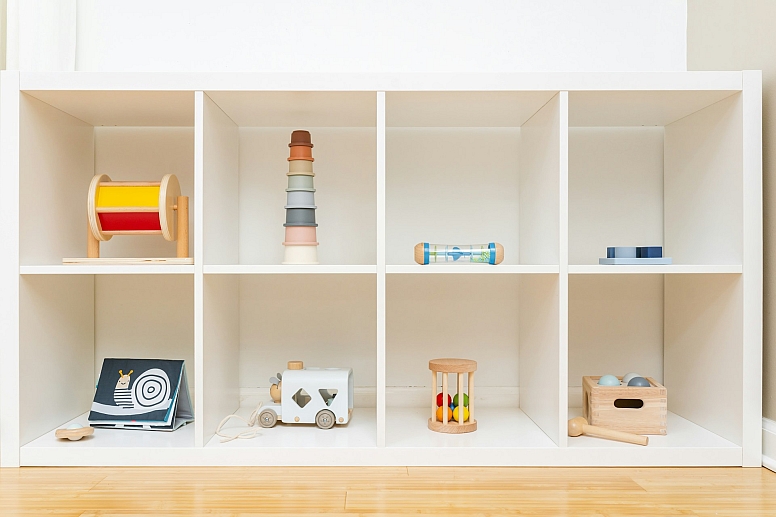
Did you know that the US childcare market is expected to surpass $88.22 billion by 2033? A baby may be the smallest member in the family but their needs are huge. Parents must invest in a lot of essentials, ranging from clothes and diapers to toys and books.
If you wish to keep the dedicated feeding space clutter-free, creative storage solutions are required. The purpose goes beyond just organizing as the nursery should be tidy, practical, and facilitate convenience.
Moreover, you want the storage solutions to align well with the aesthetics of the space. There are several ways to make this happen. For instance, mount floating shelves onto the walls to store items that are used daily.
As for the diapers, organize them in a dedicated dresser or drawer. Multi-use storage baskets can come in handy to keep all the essentials you need around the changing station. Some parents even like to have a separate diaper station on wheels.
The diaper cart can be moved around within the nursery or even other areas of the home. Once your baby has grown, you can use the cart to store toys or books. If there is sufficient space near the feeding area, use baskets to store essentials like bottles, wipes, pacifiers, and so on.
Toys can go on open shelves, but ensure they’re at the top where your baby cannot easily reach them. As for the clothes, hanging them in a closet-like fashion is a great idea. If that's not possible, use fabric dividers and store clothes neatly inside a drawer.
Your baby will be spending a lot of their time in their nursery. This space’s ambiance will play a key role in your little miracle’s physical and cognitive development.
An enriching environment is also necessary to keep your child calm and at ease. Babies may cry for no apparent reason. However, MedlinePlus shares that most crying happens in response to something.
While the usual causes are pain, discomfort, or hunger, babies also cry due to a chaotic environment. With our design tips, you can create a peaceful sanctuary that promotes wholesome sleep and heartfelt bonding moments.

